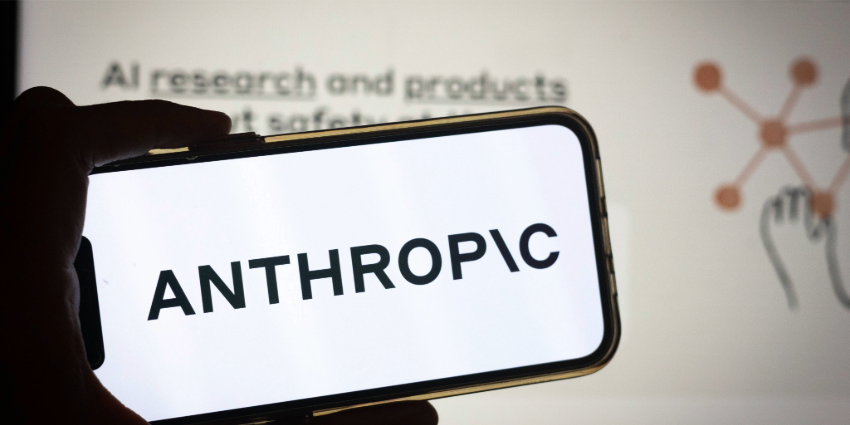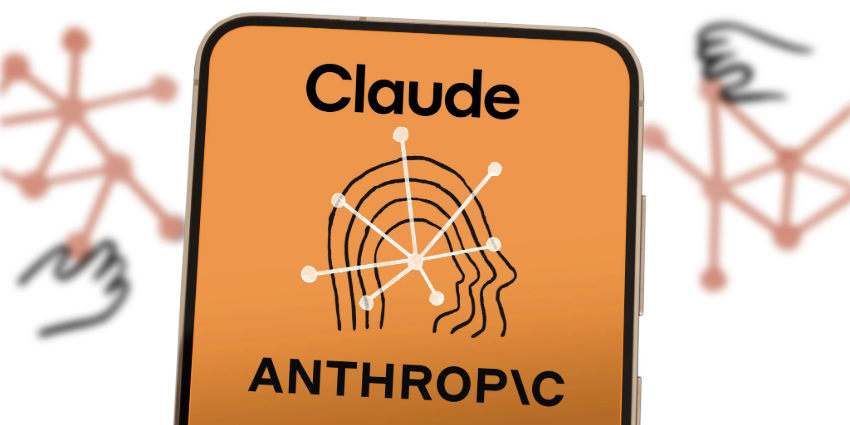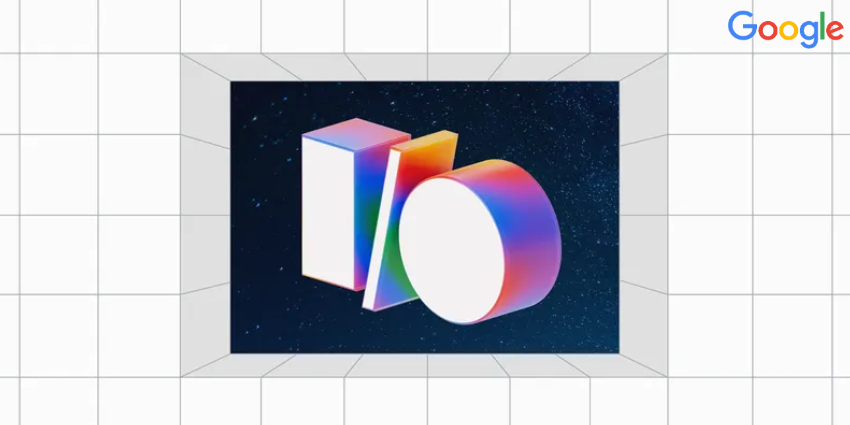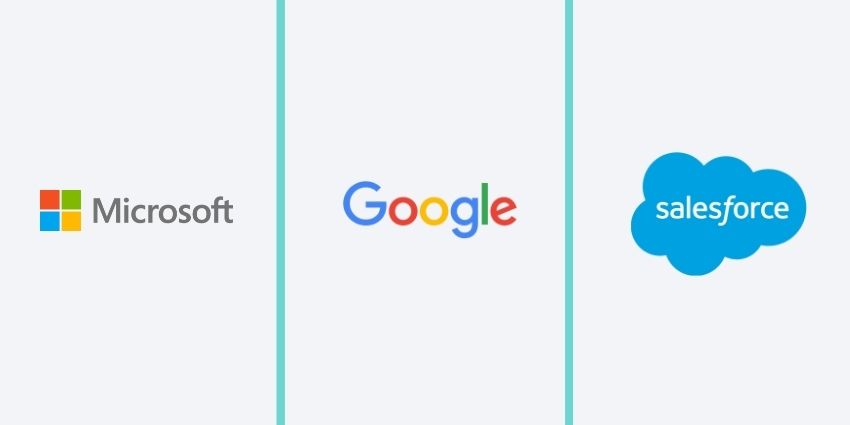In just a few short years, artificial intelligence has moved from tech buzzword to everyday business tool. It’s no longer something reserved for labs or big, budget firms, now, freelancers, creators, and small business owners are building whole operations with just a few smart tools and some creativity.
This isn’t just about saving time (though it definitely does that). AI is starting to change how work gets done, how ideas turn into content, how content becomes revenue, and how businesses find and connect with their audiences. In this article, we’ll look at three ways that’s happening right now: automating YouTube channels, creating content with AI tools, and using AI to monetize and scale more efficiently.
If you’re someone running a business or planning to start one, this is worth understanding, because the shift isn’t coming. It’s already here.
YouTube Automation, When AI Does the Heavy Lifting
YouTube has become one of the biggest platforms for business visibility. But for many, managing a channel can feel overwhelming. Between scripting, filming, editing, and promoting videos, the workload adds up fast, especially if you’re trying to post consistently.
That’s where YouTube automation comes in. Put simply, it means using AI tools to handle the more repetitive, time-consuming tasks of running a channel. These tools can generate scripts, edit footage, create thumbnails, and even respond to comments. Some creators now run entire faceless channels using automated systems, where software handles everything from the voice-over to the animation.
A good example is Krikey AI, which offers accessible 3D animation tools powered by AI. What used to require a team of artists and expensive software can now be done by a single person in a web browser. Another tool, Wonder Dynamics, lets you insert digital characters into real, life footage with minimal effort, perfect for explainer videos, storytelling, or entertainment content.
So why does this matter? Well, for one, it levels the playing field. You no longer need a studio setup or editing background to create professional, looking content. It also means that someone with a good idea and a little hustle can build a YouTube brand in a fraction of the time, and cost, it used to take.
Of course, it’s not without trade-offs. There’s a risk that automated content can start to feel generic or lack the personality that draws viewers in. And there are ethical considerations, too, like whether audiences should be told when content is AI-generated. But when used thoughtfully, YouTube automation powered by AI can free up creators to focus more on strategy, storytelling, and building a connection with their viewers.
AI Tools and the Future of Content Creation
Beyond YouTube, AI is transforming how all kinds of content get made, from blog posts and ads to podcasts, social media, and even product designs.
Take writing, for example. Tools like ChatGPT and Jasper have made it possible to go from a blank page to a full article or script in minutes. Want a catchy product description? A persuasive email? A video outline for your brand? These tools don’t just spit out copy; they can help brainstorm ideas, refine tone, and tailor messaging for different audiences. All you need is a solid prompt and a little editing finesse.
Then there’s the visual side. With platforms like Leonardo AI, you can generate logos, social media graphics, even concept art, all with just a few descriptive words. Instead of spending hours in Photoshop or hiring a designer for every task, you can prototype visuals almost instantly. This is especially powerful for small teams or solopreneurs who need to move fast and stay lean.
Voice-overs, too, have gotten the AI treatment. Services like ElevenLabs or Play.ht can generate realistic voice narrations in multiple languages and accents, often indistinguishable from real voices. That means you can now produce narrated videos, courses, or podcasts without stepping in front of a mic.
All of this means content creation is faster, more flexible, and more scalable than it’s ever been. But it’s not just about speed. With the right tools, creators can maintain, or even improve, the quality of their output. And when that happens, it opens the door to producing more consistent content, reaching wider audiences, and experimenting with new formats without the usual time or cost constraints.
Still, it’s not magic. These tools need guidance. They’re powerful, yes, but they rely on you to bring the human touch: the taste, the judgment, the creativity. Used well, AI doesn’t replace creators, it multiplies their potential.
Monetization in the Age of AI
Now, let’s talk money. Because if content is king, monetization is the kingdom, and AI is quickly becoming the map that helps you navigate it.
One of the first things AI can help with is niche selection. That might sound like a small decision, but it’s actually one of the most important. A good niche means you’re making content for an audience that’s both interested and underserved. AI tools can analyze search trends, social data, and competition to help you spot those gaps, giving you a smarter place to start.
Once you’re up and running, AI can help optimize your content for visibility. That means suggesting the best keywords for YouTube videos, identifying which topics are likely to go viral, and even recommending the best times to post. Platforms like TubeBuddy and vidIQ use AI-powered analytics to do just that, and plenty of creators credit these tools with helping them hit their growth goals faster.
AI is also being used to automate monetization tasks themselves. For example, AI can help place ads more strategically, personalize product recommendations, or even test different pricing models for digital products. In ecommerce, tools like Shopify Magic use AI to streamline everything from product listings to customer support, freeing up time while driving more revenue.
And let’s not forget data. AI’s ability to crunch numbers and spot patterns is one of its biggest advantages. It can show you which videos are driving the most sales, which audience segments are the most loyal, and where your growth is coming from. Instead of guessing, you get real-time insight, and that can make your monetization strategy a whole lot smarter.
Of course, with all this power comes responsibility—transparency matters. Your audience deserves to know if you’re using AI to write, recommend, or promote. And as AI systems get more persuasive, it’s worth asking tough questions about manipulation, fairness, and honesty, not just profit.
Where AI in Business Is Headed
The truth is, we’re still at the beginning of this shift. AI is already reshaping how businesses operate, but what we’ve seen so far is just the tip of the iceberg.
One of the biggest trends on the horizon is hyperpersonalization, where AI tailors content, products, and services to each individual user based on their preferences, behavior, and even mood. Think Spotify recommendations, but for everything. This will change how companies market, sell, and serve customers and raise new questions about privacy, consent, and data use.
We’re also seeing more full-service automation, where AI doesn’t just help with content, but runs entire workflows, scheduling, customer service, analytics, and more. The goal? To let people focus on strategy and creativity while the systems handle the rest.
But with that comes real challenges. Some jobs will evolve, others may disappear, and new ones will be created, ones that require different skills, like prompt writing, AI ethics, and systems thinking. For businesses, this means the work isn’t just adopting tools; it’s preparing people to work alongside them.
That’s where the real opportunity lies. Businesses that approach AI with intention, thinking not just about what it can do, but how to use it responsibly, are the ones that will thrive. That means staying curious, investing in learning, and making space for both innovation and oversight.
Final Thoughts
If you’re running a business today or thinking about starting one, AI should absolutely be on your radar. Not because it’s trendy, but because it’s practical. It can save time, cut costs, improve quality, and open up new ways to connect with customers.
From YouTube automation and content creation to smarter monetization strategies, AI is no longer a “nice to have.” It’s becoming part of the foundation.
And like most powerful tools, what matters most isn’t just what it does, but how you use it.








